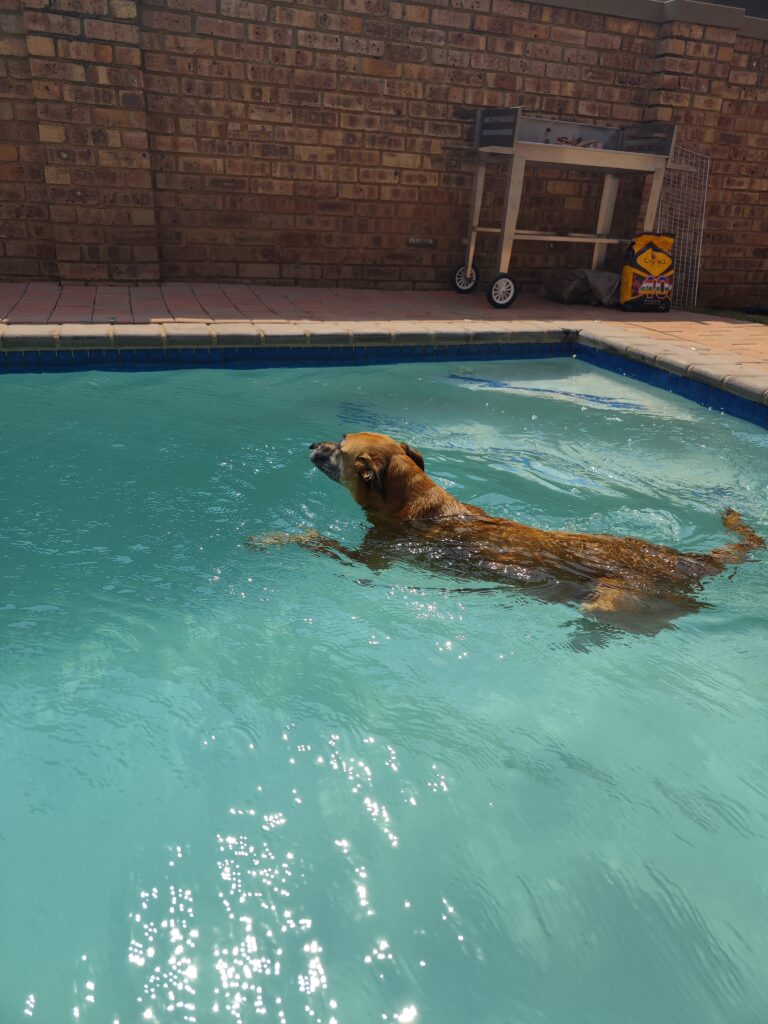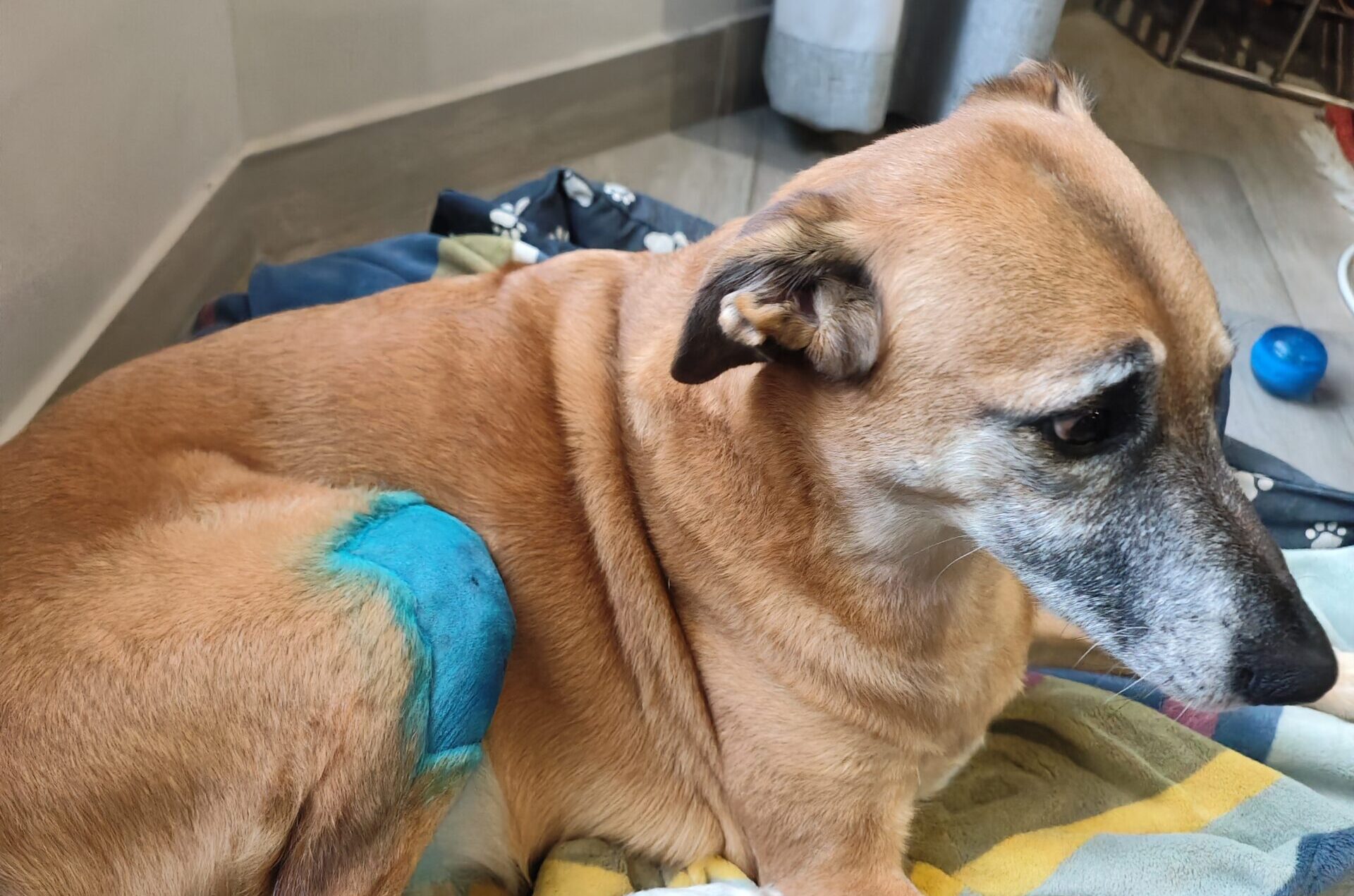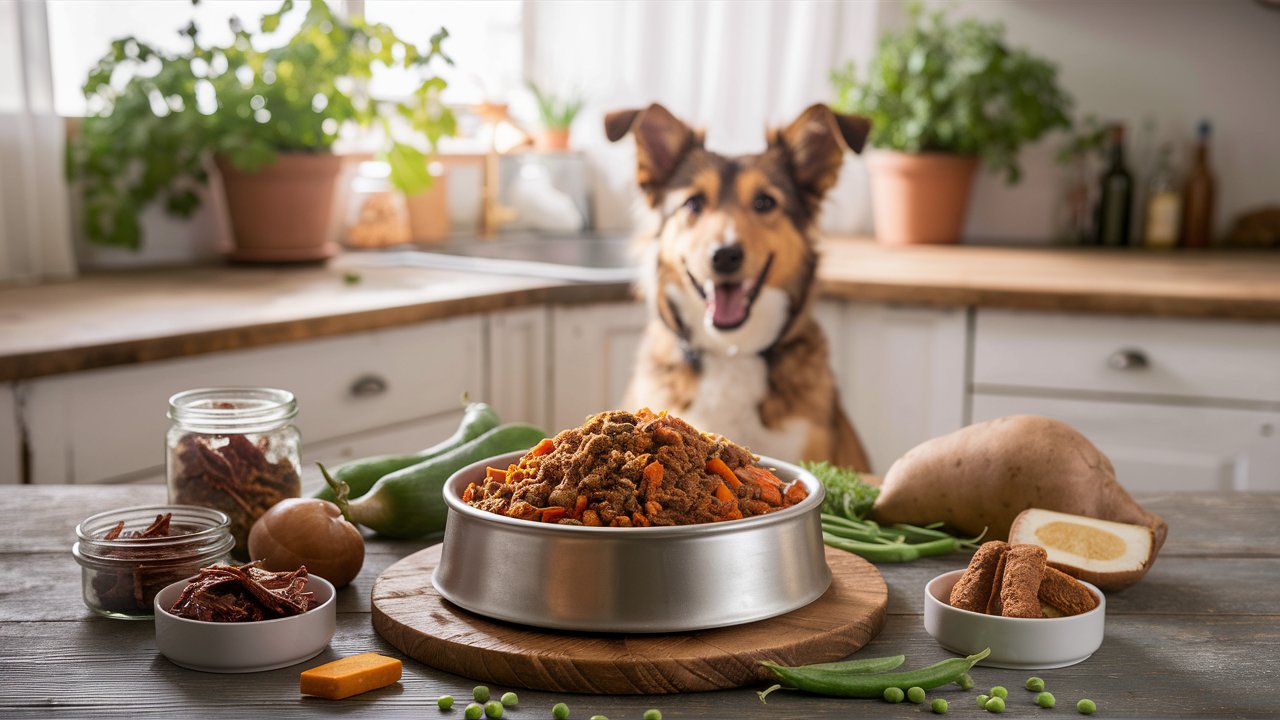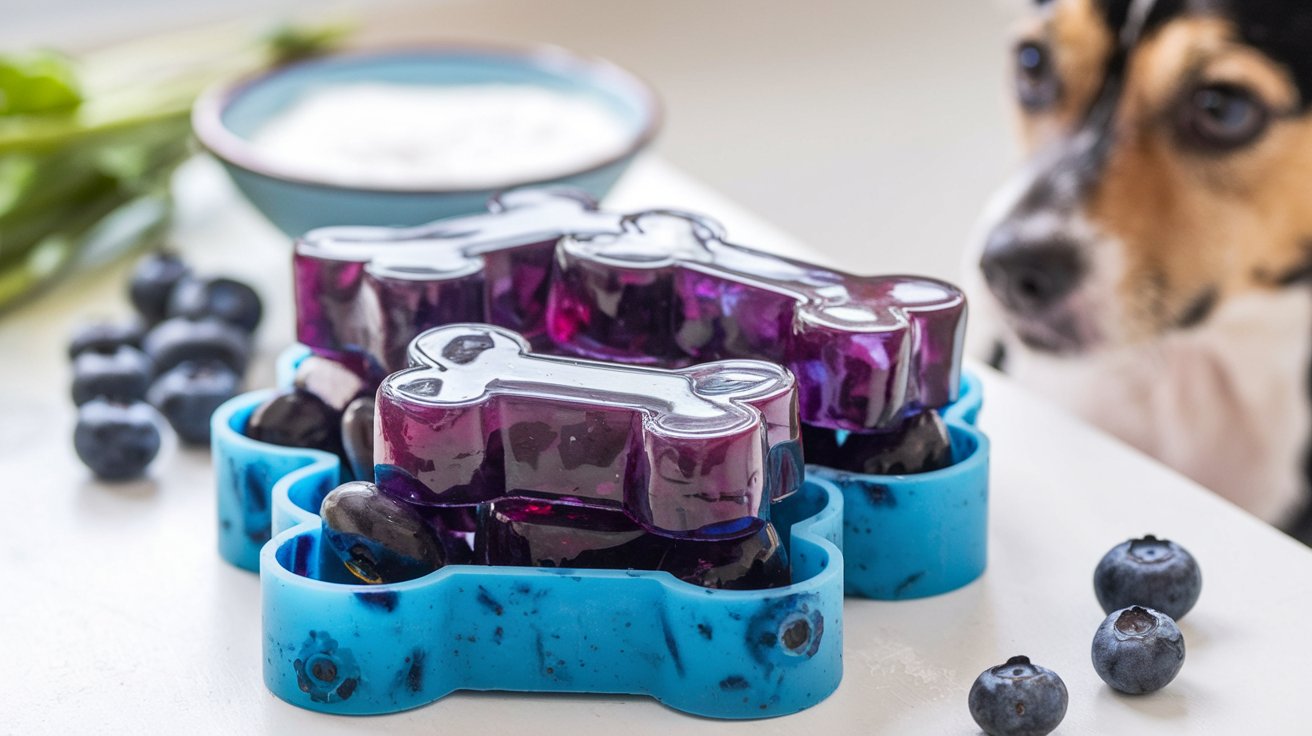Hey there, welcome to the first part of Lexi’s journey of overcoming her ACL injury. Initially, I thought it was just a muscle sprain, but a vet visit confirmed it was more serious. We decided to go with a conservative treatment instead of immediately opting for surgery. The initial results were promising. Have you ever had one of those moments where you realize something might be seriously wrong, but you’re not sure? That was exactly my experience when my fur baby Lexi tore her ACL. Join me as I recount this journey and share how we faced this challenge together.
Overcoming My Dog ACL Injury Part 1
The Incident
It started like any other day. Lexi, my seven-year-old Africanus, was playing with her best friend Blue, a Weimaraner. Lexi has always been a playful girl, full of energy and love for hiking and running. Africanus dogs are a unique breed, and Lexi fits that description perfectly. But on that fateful day, something unusual happened.
The Slip
While playing their usual game of fetch, Lexi made a sudden turn, and I saw her knee bend awkwardly at a almost 90-degree angle. Initially, she walked it off, which made me think it was just a muscle sprain. Nevertheless, I knew something wasn’t quite right, so I decided to take her to the vet the following day.
The Diagnosis
At the vet, I received the news I didn’t expect: Lexi had torn her ACL. I had no idea that ACL injuries were so common in our fur babies, especially in larger dogs like Lexi. The vet explained everything carefully, and for that, I am truly grateful. I learned a lot during those initial weeks from the autonomy of a dog leg to the recovery methods and different solutions.
Exploring Treatment Options for Dog ACL Injury
Upon diagnosis and x-rays, four treatment options were laid out before us. The vet suggested a conservative approach as Lexi’s injury wasn’t complete (it was almost a partial tear), and she was still able to bear weight on her leg. This amazing fact led us to try the blood-derived mesenchymal stem cell (BMSC) injection.
What is BMSC Injection?
For those who are unfamiliar, BMSC injection is a non-surgical treatment where stem cells from Lexi’s own blood were injected into her knee joint. These stem cells promote healing and stabilize the joint. It’s often a conservative alternative for mild to moderate ACL injuries.
The First Injection
We dropped Lexi off for her first injection early one morning. They shaved her leg and performed the procedure. By that afternoon, we were back home. That first night was tough; she was uncomfortable and in some pain, but no Rimadyl (a painkiller) was given because the injection needed to work naturally. The aim was to let her body heal itself. To my surprise and relief, within two days, Lexi was walking, and by the fourth day, she was playing again—though under close supervision of cource.

The Road to Recovery
Soon, we began short walks to help rebuild her muscles. When you tear your ACL, muscle atrophy can be a significant concern. We couldn’t afford to strain her other legs or her hips by overcompensating for the injured leg. We did short 5-minute walks the first three days, and thereafter, we did 15-minute walks. At the end of the walk, I could notice it was a bit too much, so I did not opt to extend the walk. Of course, if I say 15-minute walks, it was only 600 meters as we had to smell everything we could.
Swimming was a gentle and effective way to keep her muscles strong without putting too much stress on her knee. Lexi loves the water; even on our hiking days, if she heard water, we had to go sprinting toward the stream or dam. Luckily, my father has a swimming pool, so I took her swimming, but she did not see this as exercise, more as playtime. I did notice she was not using the leg much in the water, so I had to think of another way.

The Second Injection and Dog Leg Brace
We noticed some limping again two weeks after the first injection, so we returned to the vet, and it was time for injection number two. This time, it was less painful and lasted five weeks, working wonders for her recovery. I was really surprised by how well the injections worked. We also purchased a leg brace from Amazon, which was significantly better than the bandages and socks that kept falling off. The brace definitely helped stabilize her leg on our walks.
Setback at Week Five
However, at week five, she started limping again. A visit to the vet confirmed our fear that while the injections were working, they were not a long-term solution for an active, large dog like Lexi.
Moving Forward: The Decision
By this point, we knew surgery was the best route for Lexi’s long-term health and mobility. While the BMSC injections initially worked wonders, they were not a sustainable solution. Stay tuned for part two, where I will share our experiences with the surgery, our exploration of hydrotherapy, and offer some tips for anyone going through the same journey.
Understanding ACL Injuries in Dogs
Before diving into Lexi’s surgery and subsequent recovery, it’s essential to understand ACL injuries in dogs, especially large breeds. This context will help you grasp the importance of each decision we made along Lexi’s journey.
Some facts I found
Commonality and Causes
ACL injuries, known as CCL injuries in dogs, are relatively common, particularly in large and active breeds. The Cranial Cruciate Ligament (CCL) is akin to the ACL in humans. It stabilizes the knee joint, and when it tears, it can lead to severe pain and mobility issues. Common causes include sudden twists, trauma, or even degenerative changes in the joint over time.
Symptoms to Watch For
- Sudden Hind Leg Lameness: This is often the first and most noticeable symptom.
- Difficulty Rising or Sitting: Your dog may show reluctance or struggle to get up.
- Visible Limping or Favoring One Leg: Especially noticeable after physical activity.
- Swelling Around the Knee: In some cases, you might notice swelling or heat around the joint.
- Reduced Activity Level: Your usually playful dog might become less enthusiastic about activities they normally love.
Diagnosis and Initial Steps
When you notice any of these symptoms, it’s crucial to visit your vet promptly. The diagnosis involves a physical examination and, often, imaging like X-rays or an MRI to confirm the extent of the injury. Early diagnosis can significantly impact the recovery process.
Treatment Options: A Closer Look
Now that you understand the injury and its symptoms, let’s delve deeper into the treatment options we considered for Lexi.
Conservative Management
Rest and Medication
For minor tears, rest and anti-inflammatory medications can sometimes suffice. Strict rest is required for weeks to months, along with controlled physical therapy to regain strength.
BMSC Injection
As mentioned earlier, BMSC injections involve using stem cells from the dog’s blood. This approach can stabilize and promote healing for mild to moderate injuries. Here’s a breakdown of what we experienced:
| Aspect | Experience |
| Procedure | Minimal invasion, same-day discharge |
| Recovery Time | Initial improvement in 2-4 days, further recovery over 2-5 weeks, with multiple injections required |
| Effectiveness | Temporary improvement, requiring repeated treatments |
| Cost | Less expensive than surgery but recurrent expenses add up |
Reflections and Parting Thoughts
This journey with Lexi has been a roller coaster of emotions. From the initial shock of her diagnosis to the ups and downs of her treatments, it’s been an educational and humbling experience. I hope sharing our story provides insight and comfort to anyone going through a similar situation.
Stay tuned for part two, where I’ll dive into the specifics of Lexi’s surgery and her subsequent recovery. I’ll also share tips and advice based on what we learned along the way, hoping to make someone else’s journey a little easier.
Thank you for being part of Lexi’s journey, and remember, when in doubt, always consult your vet and consider all options carefully. Your furry friend’s health and happiness are worth every effort.
Part two will follow here




